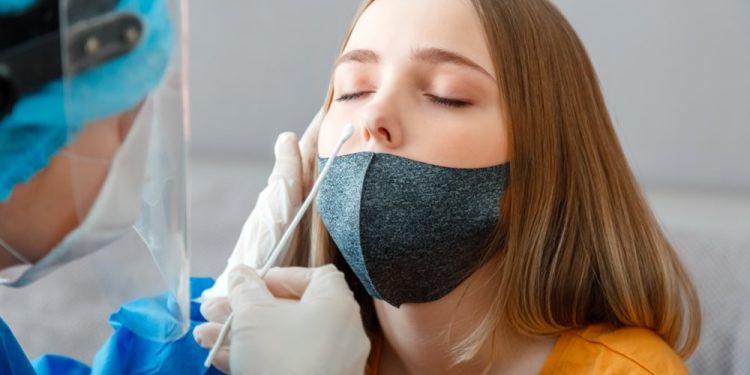After two years of the virus outbreak, the issues are not solved. People across the globe have still suffered financially, psychologically, and physically. Tourism is one of the most affected sectors and still recovering from the pandemic. A PCR test for travel has become mandatory in several countries, and it is as crucial as your Visa.
Several countries have no PCR certificate, no entry policy. People get stranded in airports and have to take PCR tests and go for quarantine for several days because of the ignorance of the rules.
The pandemic has made air travel a lot more difficult for frequent flyers. The popping of new variants in different countries isn't making travel any easier. The only way to fly without any hassle is to get a negative PCR test result.
The test result is valid for only a few days (depending on the country and airline); hence, confirm this before going for a PCR test.
So, the PCR test for travel has become necessary. But, what is a PCR test?
PCR test
This test detects SARS-CoV-2 viral genetic material, which is the cause of Coronavirus infection in the initial phases. It is a famous and trustworthy error-free test accessible, and travel agencies/departments will suggest this test to allow you to travel (if the result is negative). Depending on the laboratory's capacity and tech, the test will give you the answer within a few hours or half a day.
People have many doubts about the PCR tests and whether they are better than other tests like antigen tests. If you continue reading the article, you will get answers to the following questions:
- What are PCR tests used for?
- How do they work?
- Are there any issues related to this method?
What are PCR tests used for?
These tests are used for:
- Analyze some infectious diseases/viruses
- Observe genetic changes that will cause the infection
- Find signs of cancer that might be missed in other kinds of tests.
(The PCR tests are also used to diagnose genetic changes hence signs of cancer are easy to discover via this test).
How do they work?
PCR tests are not that complicated. Nurses or staff experienced in basic medical skills can collect the samples for the test. Every clinic or hospital will have at least one expert who can use the virus testing machine.
The steps involved in the test are:
- The first step is to collect blood, saliva, or mucus samples. Tissue is also considered as a sample.
- The sample will have the DNA and the infiltrated cancer cell or coronavirus pathogen.
- The sample is put in a specific machine. Polymerase (an enzyme) is added to this sample, making copies of itself.
- The process of copying is repeated several times (almost an hour). Finally, the staff will get billions of copies of the sample, and if there are viruses or pathogens present in it, the machine will indicate it.
Are there any issues related to this method?
There is absolutely no risk associated with the PCR test except some minor pain and bruises during blood collection. The nasal swab may irritate your throat a little and may make you sneeze. Other than these issues, you will not have any problems during the sample collection.
The best move from your side to make your and your fellow passengers' journey safe is to go for a PCR test before the flight. When you have the test report in your hand or phone, you'll face zero difficulties throughout the journey.
























